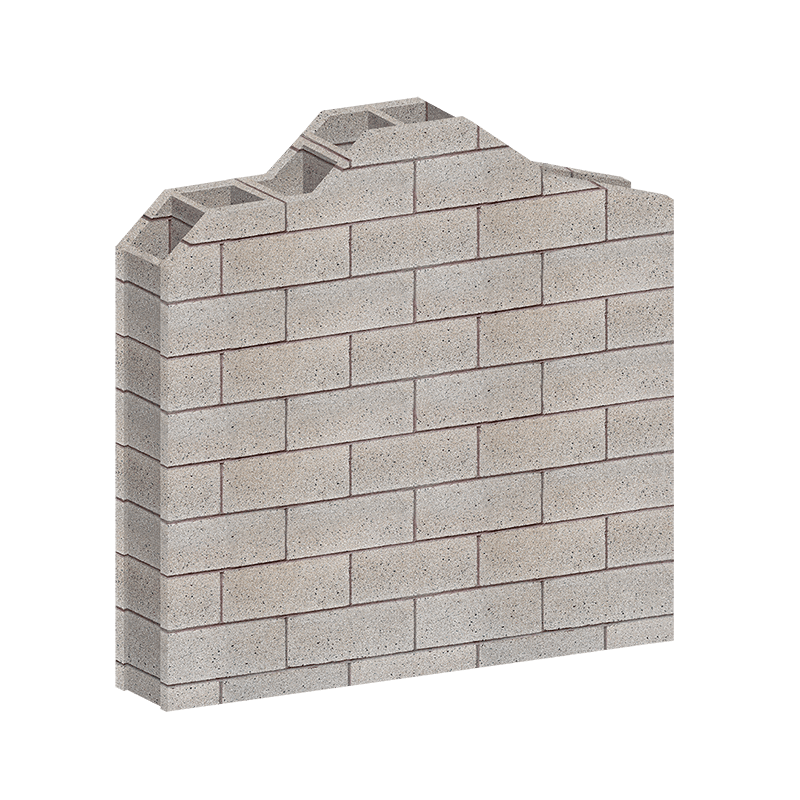Cement Board: A Reliable Building Material
Cement Board: A Reliable Building Material
Blog Article

When it comes to durable and versatile construction materials, cement board stands out as a top contender. Widely used in both residential and commercial projects, cement board offers exceptional strength and resilience, making it an essential component in modern building practices. In this blog, we explore what cement board is, its key benefits, common applications, and installation tips to help you make the most of this reliable material.
What is Cement Board?
Cement board is a composite material made from a mixture of cement, cellulose fibers, and sand. It is manufactured into rigid sheets, which can be cut and shaped to suit various construction needs. Cement board is highly valued for its ability to resist moisture, fire, and impact, making it a preferred choice for areas that demand durability and stability.
Key Benefits of Cement Board
- Moisture Resistance:
- Cement board is impervious to water, making it ideal for use in wet areas such as bathrooms, kitchens, and laundry rooms.
- Fire Resistance:
- As a non-combustible material, cement board enhances fire safety in buildings.
- Durability:
- Its robust composition ensures long-lasting performance, even in high-traffic or harsh environments.
- Versatility:
- Compatible with a variety of finishes, including tiles, paint, and plaster, allowing for creative and practical applications.
- Ease of Installation:
- Cement board is straightforward to install and can be cut to fit specific dimensions, reducing waste and time on site.
- Mold and Mildew Resistance:
- Unlike traditional drywall, cement board does not promote the growth of mold or mildew, ensuring a healthier living environment.
Common Applications of Cement Board
- Tile Backing:
- Cement board is frequently used as a substrate for tile installations in wet areas, providing a stable and moisture-resistant base.
- Exterior Cladding:
- Its weather-resistant properties make it suitable for use as exterior sheathing or cladding.
- Floor Underlayment:
- Installed beneath flooring materials, cement board prevents movement and cracking, ensuring a smooth and durable finish.
- Fireproofing:
- Used in fire-rated assemblies to enhance the fire resistance of walls, ceilings, and floors.
- Countertops:
- Cement board serves as a sturdy and reliable base for tiled countertops in kitchens and bathrooms.
Installation Tips for Cement Board
- Proper Cutting:
- Use a carbide-tipped scoring tool or circular saw to cut the cement board to the desired size. Wear a mask and goggles to protect against dust.
- Secure Fastening:
- Attach the cement board to the underlying studs or substrate using corrosion-resistant screws or nails, ensuring a tight and stable fit.
- Joint Treatment:
- Apply mesh tape over the seams and cover with a thin layer of mortar or joint compound to create a smooth, uniform surface.
- Use a Moisture Barrier:
- For wet areas, install a moisture barrier behind the cement board to provide an additional layer of protection against water infiltration.
- Follow Manufacturer Guidelines:
- Adhere to the specific installation instructions provided by the manufacturer to ensure optimal performance and longevity.
Conclusion
Cement board is a versatile and reliable material that has earned its place in construction for its exceptional properties. Whether you’re renovating a bathroom, installing new flooring, or enhancing the fire resistance of your building, cement board offers a durable and practical solution. By understanding its benefits and proper installation techniques, you can make the most of this indispensable building material. Invest in cement board for a solid foundation that stands the test of time.
Report this page